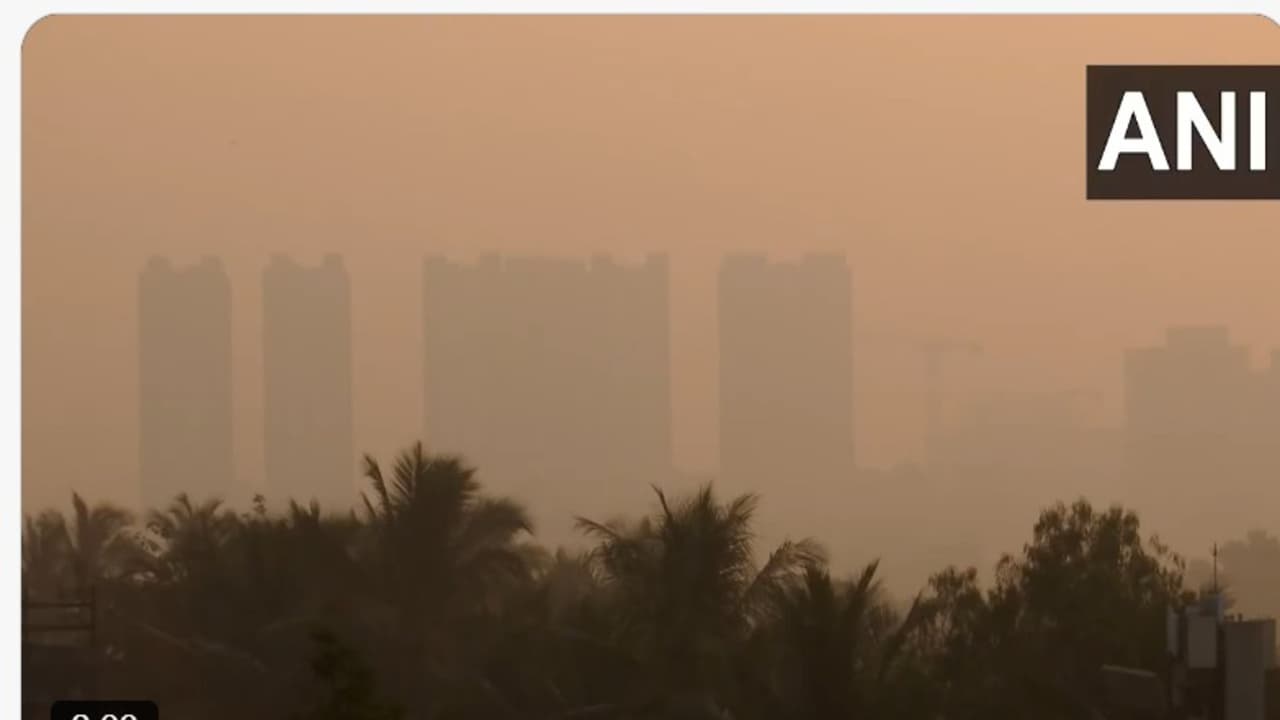Mumbai AQI: AQI reached 232 in Mumbai and 380 in Wadala, leaving the city in the grip of severe pollution. The air is very bad in many areas. BMC has warned to stop construction and flying squads are monitoring. Smog and suffocation are increasing in the city.
Mumbai The air of Mayanagar Mumbai has again become poisonous today. On Tuesday morning, the city appeared wrapped in such a thick blanket of smog that people started feeling suffocated as soon as they came out of their homes. Mumbai AQI 232, i.e. the air reached “severe” category. Smoke, dust and pollutants in the air have increased so much that at many places the situation is even scarier – especially at Wadala Truck Terminal, where AQI was recorded at 380. This level is so bad that it is called “dangerous”. The biggest question arising in people’s minds is how did Mumbai’s air become so bad? Is it industrial smog, construction dust, traffic smoke or weather… which of these is the real reason?
Scroll to load tweet…
The air in Mumbai is like poison: How did the city reach AQI 232?
The air of Mumbai has again become poisonous today. On Tuesday morning, the city appeared wrapped in such a thick blanket of smog that people started feeling suffocated as soon as they came out of their homes. The overall AQI of the city was recorded at 232, which falls directly into the ‘severe’ category. Smoke, dust and pollutants in the air have increased so much that at many places the situation is even scarier – especially at Wadala Truck Terminal, where AQI was recorded at 380. This level is so bad that it is called “dangerous”. Meaning, the air has now become not just bad but actually dangerous for health. People had just come out of the house when they started feeling sore throat, heaviness in breathing and burning sensation in the eyes. Roads, buildings and air all appeared wrapped in a white mist. But the most frightening thing is that this situation is not the same everywhere – some areas are facing worse conditions.
Scroll to load tweet…
AQI 380 in Wadala! After all, where is such poisonous air coming from?
The most dangerous condition of Mumbai at present is that of Wadala Truck Terminal, where AQI 380 was recorded. This is straight up “dangerous” levels. This means that the pollution present in the air here is posing a risk of serious disease not only to sensitive people but to the entire population. Is this situation arising due to continuous construction dust getting into the air or is the weather blocking the pollution on the ground? No one knows exactly these questions, but the situation is definitely worrying.
Which areas are most affected by pollution?
AQI has increased rapidly in many parts of Mumbai:
- Santa Cruz (Sen Nagar)-268 (Serious)
- Jogeshwari (Momin Nagar)-266 (Serious)
- Chembur (BS Ambedkar Nagar)-259 (Severe)
- Colaba-254 (serious)
- Bandra East-249
- Kurla-239
- BKC-234
- Mulund West-232
This clearly shows that this problem is not limited to the industrial area only, but the entire Mumbai is in the grip of toxic air – even the sea breeze areas.
Scroll to load tweet…
Will BMC now close construction and industrial units?
BMC has already warned that if the AQI of an area continues to be 200+, construction activities and industrial units can be stopped immediately. This step will be taken under GRAP-4 (Graded Response Action Plan), which is the strictest rule of air pollution control.
How strict was BMC’s monitoring?
- Flying squad deployed in every ward
- ban on burning garbage
- Immediate action on dust blowing work
- Strict control on burning of wood
- Barricading, green cover, water sprinkling and real-time air monitoring mandatory at construction sites
- This time BMC’s attitude seems harsher than before.
Will Mumbai get more smog in the coming days?
According to meteorologists, the wind speed is low and humidity is high. Due to this, instead of getting dissolved in the air, the pollution remains near the ground. If the situation remains like this, AQI may increase further. Statistics alone do not tell this situation – Mumbai is now moving towards a big health alert.
